Doc's Blog!
How To Be A Really Hot Herbalist…Use Cayenne Pepper!
People often ask me “Doc if you could only have one herb in your practice, what would it be?“. Honestly, if push came to shove, that herb would have to be cayenne pepper. Why? Because in my veterinary practice I’ve saved more patients more dramatically with cayenne pepper than with any other plant.
You see, as a veterinarian for over thirty years I didn’t just do exams on new puppies or spay cats. My clinic was also the emergency room for every type of trauma and health crisis you can imagine. I’d have patients come in that had been hit by cars, shot, or mauled by other dogs or wildlife. I had animals that were in shock or were bleeding to death. I had cases that had anesthetic reactions and were trying to die or puppies from C-sections that weren’t breathing. In all of those sorts of cases, I reached for the same herb. Cayenne Pepper!
Cayenne pepper (Capsicum annuum) really is the premier crisis herb. Nothing else comes close for reversing shock. But that’s not all that this amazing herb can do. Cayenne can also help to stop bleeding internally or topically. In fact, I don’t think I’ve ever given an herb lecture, where cayenne was mentioned, where an audience member didn’t approach me afterward and share a story of how they’d cut their finger badly with a kitchen knife and put cayenne on it to immediately stop the bleeding.
Cayenne also has some benefits for pain. It has the ability to desensitize nerves by binding with pain receptors (VR1 or TRPV1) and inhibit their ability to transmit pain signals to the brain. It also interferes with substance-P, a neurotransmitter which functions in pain signal transmission. Add to that cayenne’s ability to increase circulation and decrease inflammation and you have a pretty useful tool. On first application to an open wound, cayenne is a bit zingy but very shortly the zing and the original pain from the cut are gone. It also makes a good lotion for arthritis cases.
The respiratory system also benefits from cayenne. It’s an excellent expectorant for getting goobers out of the lungs. For those that aren’t hicks from Idaho, goobers are mucus congestion. Unless you’re from the southeastern US, in which case goobers are peanuts…though why anyone would want peanuts in their lungs is beyond me…but I digress. Cayenne is also good for clearing congested sinuses. Just put a little in your mouth in a bit of water and keep it there as long as you can stand it. If you also have a sore throat, go ahead and swallow the cayenne. More often than not, it will knock that sore throat right out. Sure, you may scream like a little girl for a few minutes but, when you’re done, you’ll feel lots better.
Cayenne also has significant benefits for the circulatory system in general and for high blood pressure in particular. Speaking of high blood pressure. We’re just about to launch a new lesson in The HomeGrown Herbalist School of Botanical Medicine on that topic. It was written by one of our instructors LoriAnn Jones a naturopath, herbalist and midwife. It’s the most remarkable thing I’ve ever read on the subject and gives real guidance on the things that can be done (several of which have nothing to do with herbs) to successfully manage that condition.
Cayenne pepper really is an amazing, life-saving herb. I think I mention it in almost every lesson in the school yeah…It’s that useful. If you’d like to learn more about cayenne, I hope you’ll join us in the school. We’re learning some amazing things together.
Oh….and speaking of learning. If you’d like to learn some real-world, hands-on skills that can save a life during a real emergency, we’re doing a live workshop this weekend on emergencies and trauma. Have a look here.
So, get acquainted with cayenne pepper. It really is a medicinal marvel and, best of all, it’s easy to grow in your garden and easy to dry and store so you’ll have it on hand whenever you’ll need it. And, once you learn all the amazing things it can do for you, you’ll find you need it all the time.
Join us in Idaho for the Emergencies & Trauma: Assessment & Natural Interventions – 2 Day Course
Join Dr. Patrick Jones, Dr. Jed Adamson, and the HomeGrown Herbalist staff for an in-depth workshop on Emergency Assessments & Interventions.



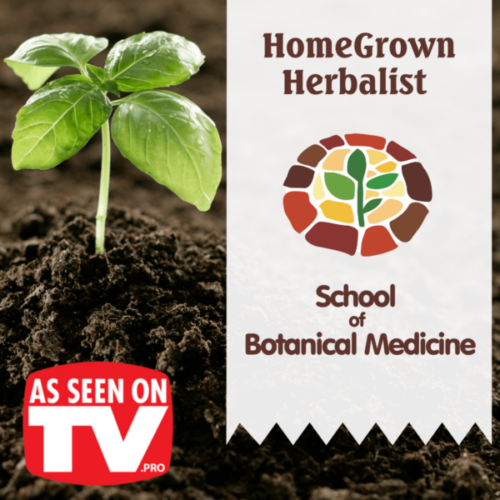
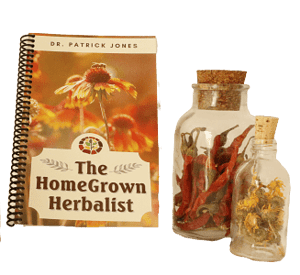

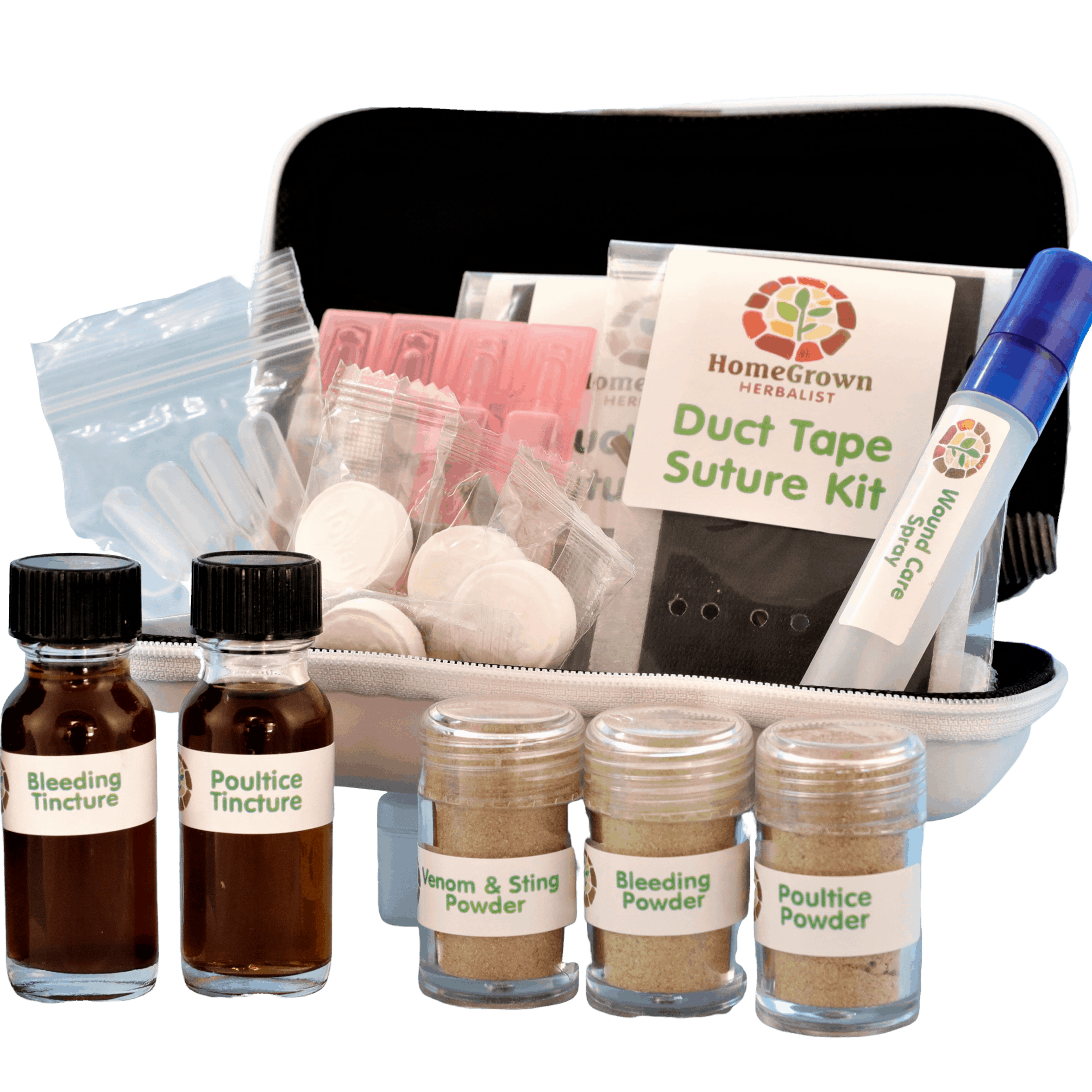
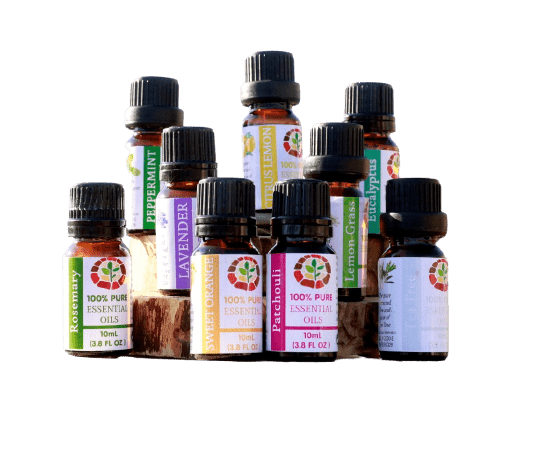
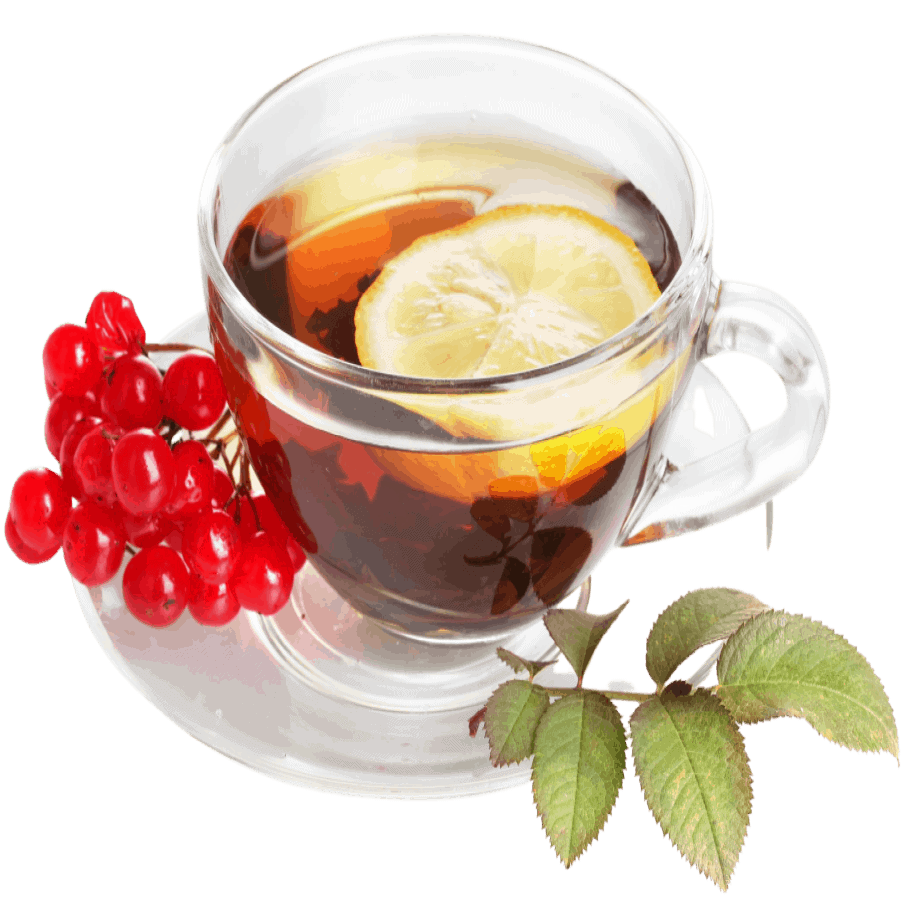
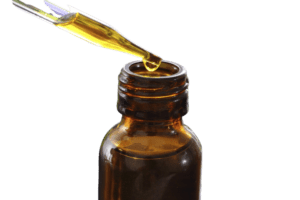
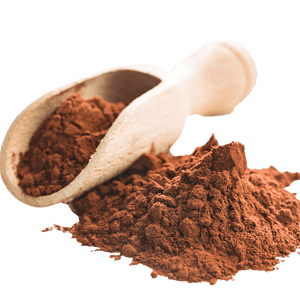
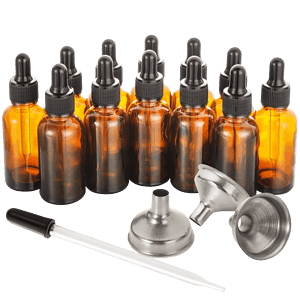
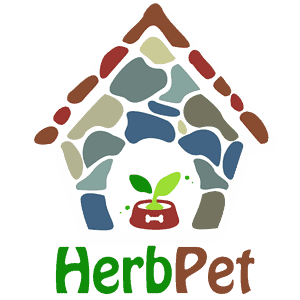
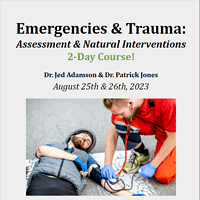
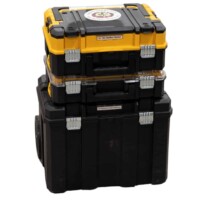
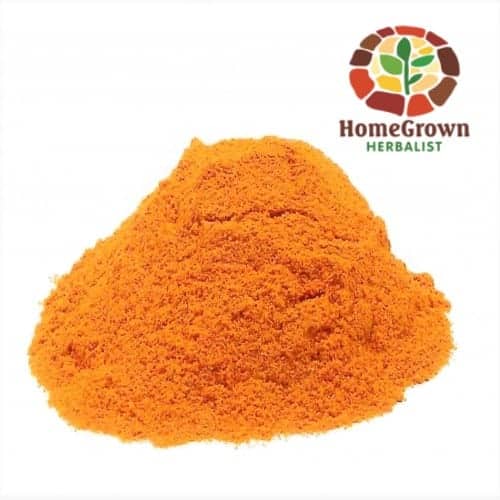
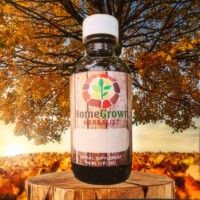
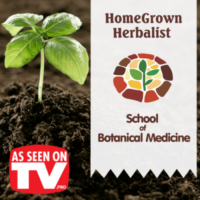
Oh yes I’ve used it on a cut after hearing you , you bet!! Worked like a charm
Greetings from Canada! Whenever one of your new videos comes out, I always reach for a cup of herbal tea, sit down and enjoy!
I was wondering about using the cayenne pepper in the shock cases in particular. In that situation, would you be giving the actual pepper orally or the tincture?
So exciting to learn about so many other uses of cayenne. I appreciate your expertise and wisdom and look forward to joining you at the HomeGrown Herbalist School of Botanical Medicine in the future!
I’m using the tincture for that. If the person is consci9us a pepper would work too.
Hey Doc,
I usually put Cayenne in my morning hot drink. And after watching your video I whipped up a little paste for my aching back.
After your post about Turmeric I also chew a bit of the fresh rhizome along with a peppercorn (cave woman style) most days. Think I’ll have some now.
Thanks
Belle, our dog, apparently had a stroke while we were out on a walk. She was diagnosed with valley fever when she was 7 months old. At the time of the stroke she was 14 years old. Belle was not moving, laying still and staring unresponsive into space. We gave her a dose of your cayenne extract and she jumped to her feet. It made a believer out of us and the young man who was working for us at the time.
In cases of depressed function of the autonomic nervous system (BP drops drastically, subject may go into coma), would cayenne be useful? This happens to my father once or twice per week, and the doctors have no remedy for this.
I’ve never addressed that issue. It certainly wouldn’t hurt him. Cayenne is very safe.
I noticed that your references to your veterinarian practice were in the past tense. Have you stopped being a practicing veterinarian?
I sold my practice but still do some relief work for the fellow that bought it. He takes these things called “vacations” and “Days off”. I’d never heard of them but he seems to like them.
Ha ha! No wonder you sold the practice! Is there an herb for “burn out”?
I tried slathering myself in Aloe vera. But the dumb dogs kept licking it off. :0(
Doc Jones, you are so funny.
Doc, thank you so very much for this video and this information. I learn a good bit when I tune in and read what you’ve posted. I appreciate the way you present information and encourage your viewers/readers. You are a gem. God bless.
Are all varieties of Capsicum annuum the same? Or is Cayenne pepper the only one with these properties?
Thanks 🙂
I am a student but haven’t been using it for a period of time but want to know. Having a problem with my user name. Who can I contact?
Hi Connie, I got you all set up on the new platform. I sent you an email with the details. :0)
Any thoughts on using Cayenne for resuscitation following drowning? EDs are woefully unprepared for dealing with pediatric drowning and euthanization is a common recommendation. Always looking for things to try/recommend.
If I had it on scene, I’d certainly try it!
I notice when I purchase cayenne powder from my co-op that it comes in degrees or something like that for instance 80,000 or 40,000 apparently the larger the number the hotter the pepper. If I were to want to grow my own for medicinal purposes how do I know which is the best and does it matter?
You can get cayenne in various strengths. Honestly, it doesn’t really matter medicinally. If it’s hot enough to make you wish you hadn’t poked it into your mouth, it’s just fine. :0)